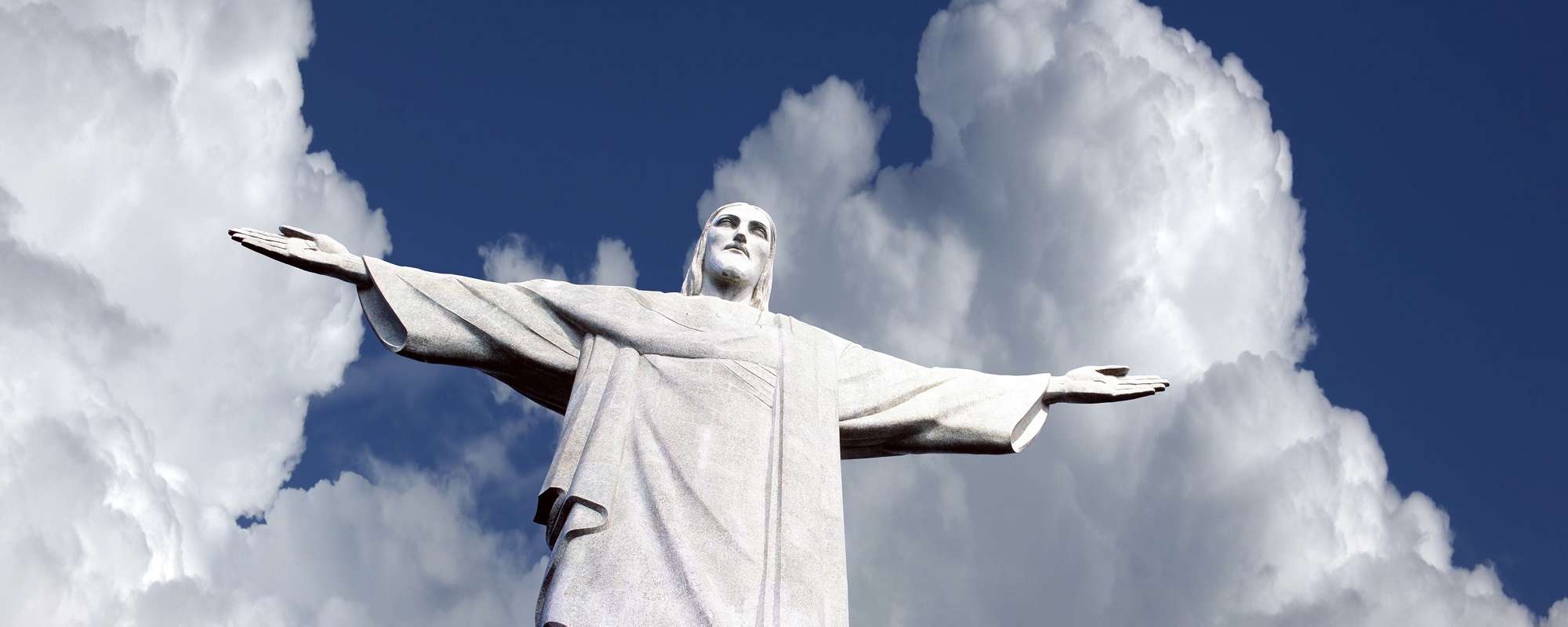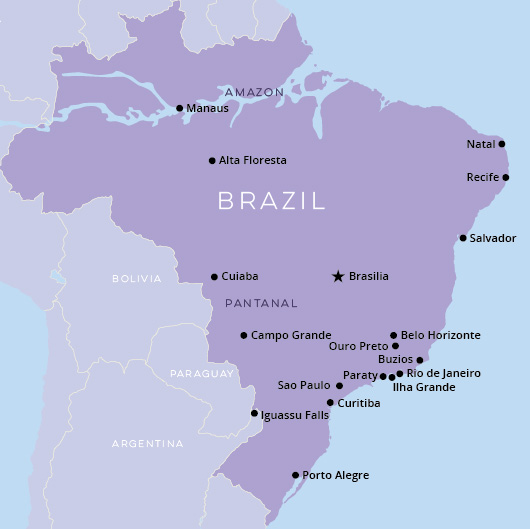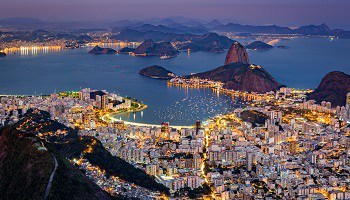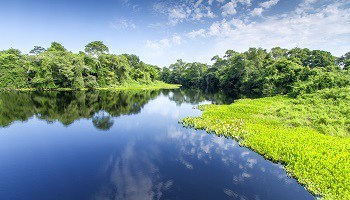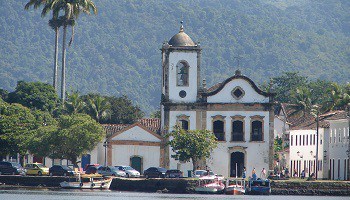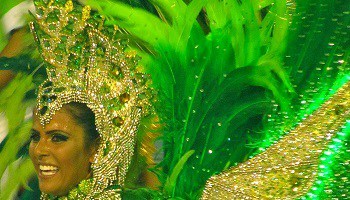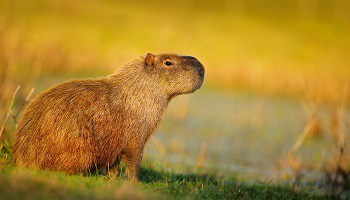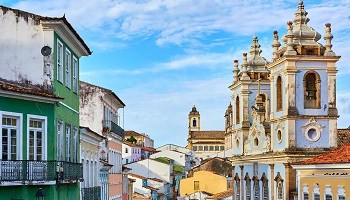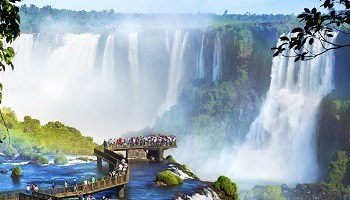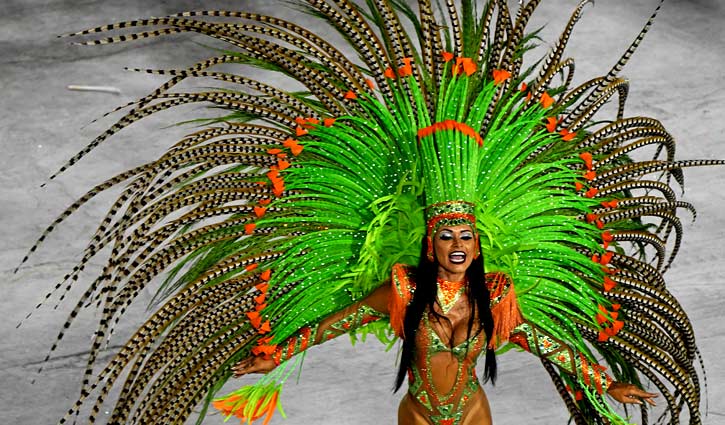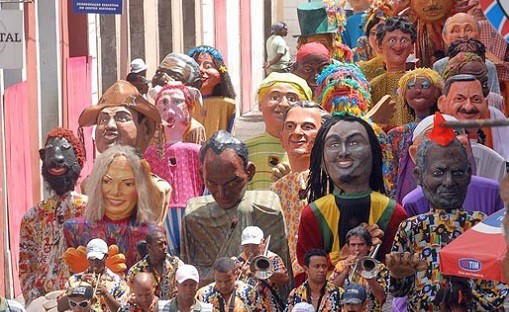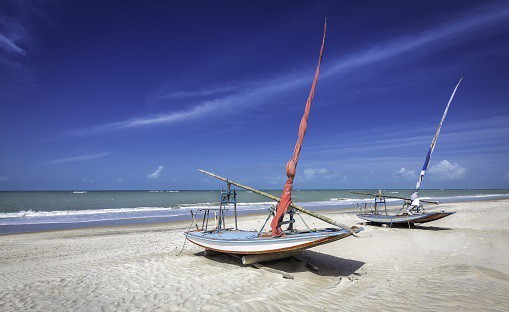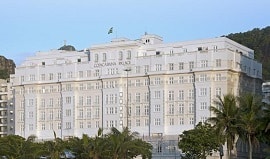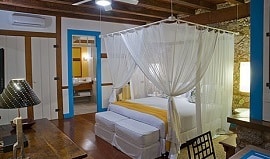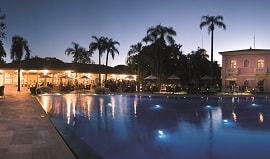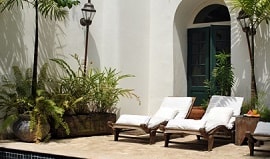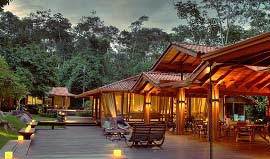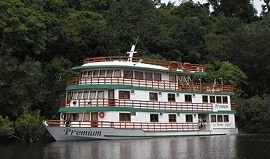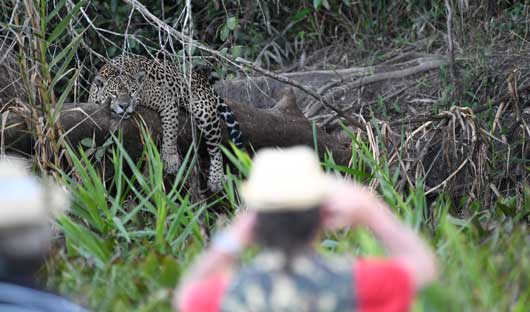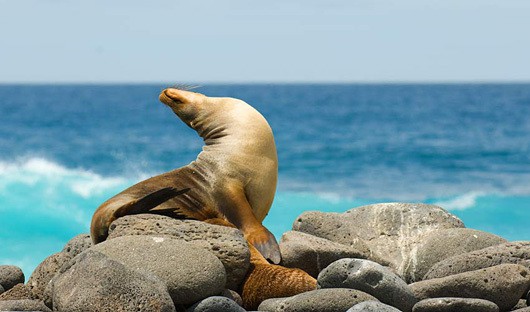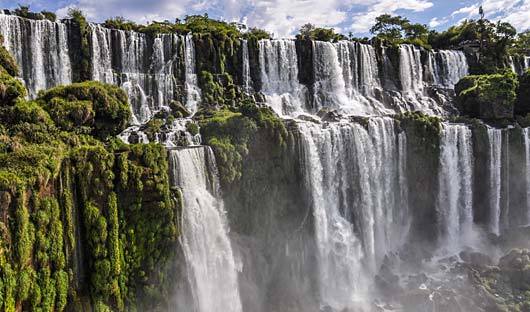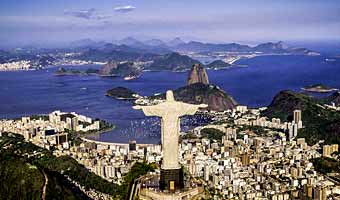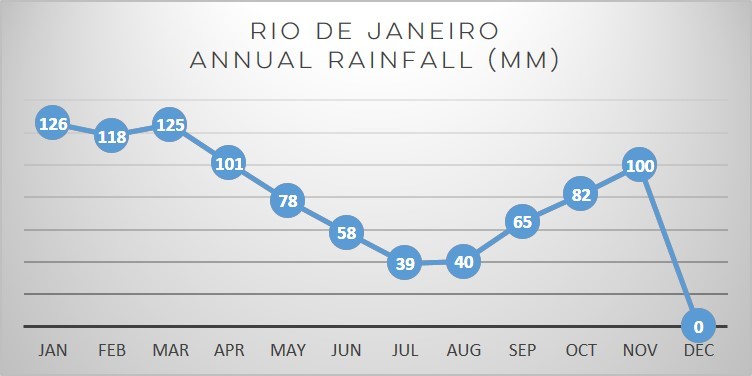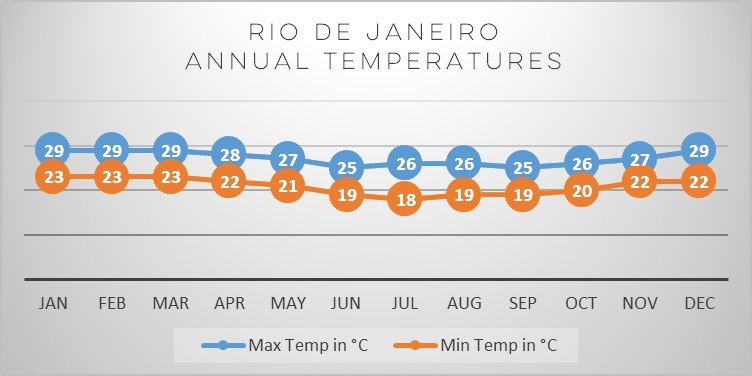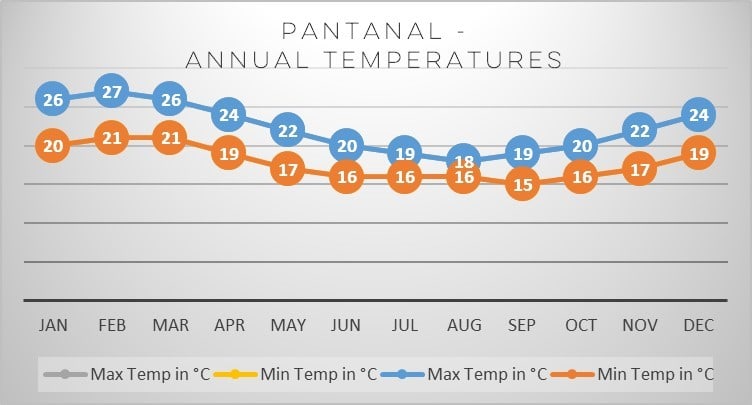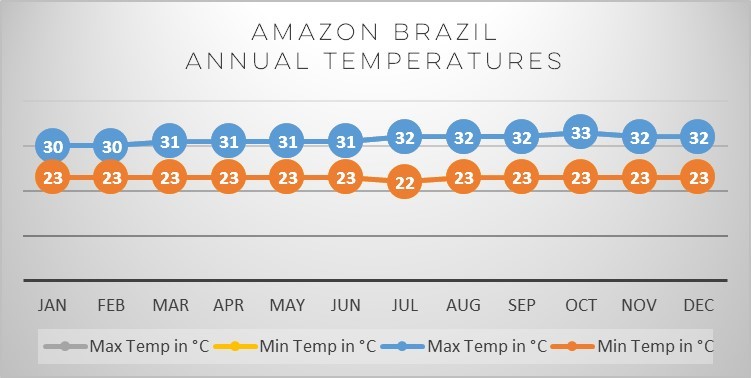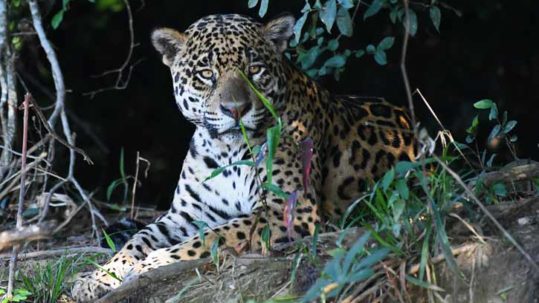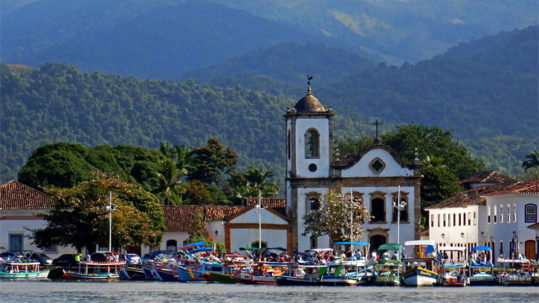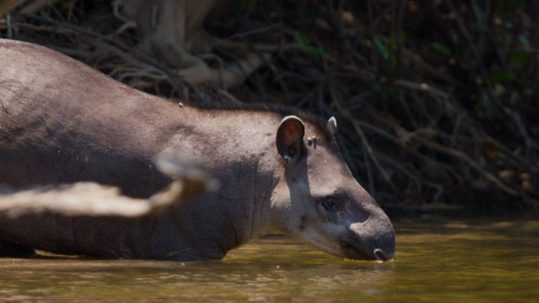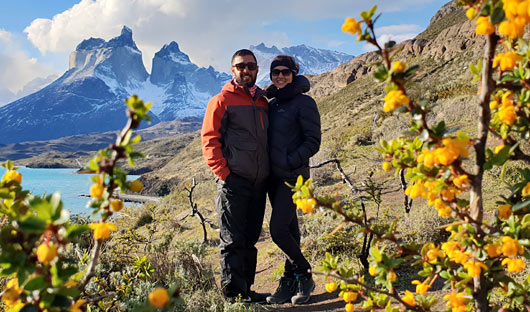Combine your visit to the Pantanal with a 4 night stay at SouthWild Jaguar Flotel, an air-conditioned houseboat anchored a short way downstream from the mouth of the Three Brothers River, squarely in the heart of the Jaguar Zone, making it ideal for searching the river sections that have produced excellent sightings of jaguars. The Pantanal is a haven for exotic wildlife including the ‘big three’ mammals – Tapir, Giant Otter and Jaguar. The guides and boat-drivers at SouthWild Jaguar are incredibly good at locating good numbers of the jaguars that inhabit this area, claiming a 90% probability of sightings over a 3-day period.
The Jaguar Flotel provides two types of accommodation; 1. 10 small, twin-bedded cabins providing simple, comfortable air conditioned en-suite accommodation, and 2. newly-added Jaguar Suites which are more comfortable and much larger (30sq metres), air-conditioned with en suite bathroom with flush toilet, hot water showers, a desk and chairs for ease of writing or photo-editing on a laptop, and lots of electrical sockets for operating and recharging devices and a wide floor-to-ceiling window. There are two dining rooms, one air-conditioned with picture windows and the other open-air and screened, with large fans, and both look out over the mighty Piquiri River and the wild Pantanal.


